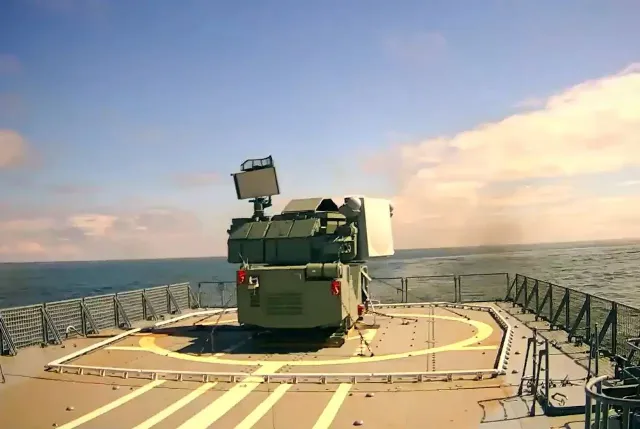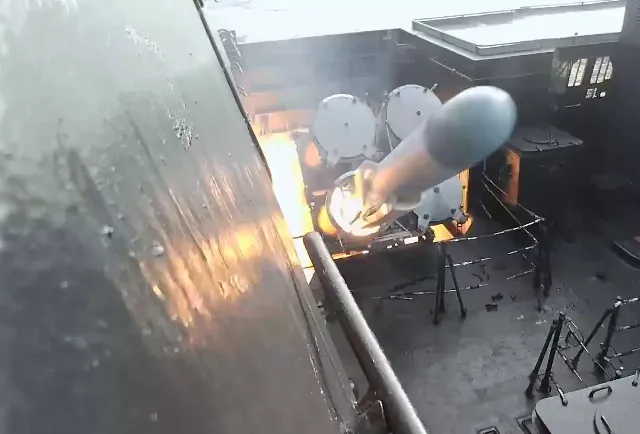
Image source: topwar.ru
Improving the air defense of the Russian Navy is one of the key tasks of modernizing warships and changing the tactics of Russian Navy formations in combat conditions.
According to military experts, the experience of a special military operation has confirmed the need to strengthen the air defense of not only large but also small missile ships.
In this regard, the newest warships entering service with the Russian Navy are immediately equipped with modern sea-based anti-aircraft missile systems.
An example of the effective use of sea-based air defense systems was the July Storm operational exercise, which was conducted from July 23 to July 27 under the leadership of Admiral Alexander Moiseev, Commander-in-Chief of the Navy.
The forces of the Northern, Pacific, Baltic Fleets and the Caspian Flotilla were involved in the naval maneuvers. The total number of participants in the exercises amounted to more than 15,000 military personnel, 150 ships, 120 aircraft and 10 coastal missile systems.
As part of the July Curtain, the crew of the patrol ship Viktor Veliky from the Baltic Fleet successfully completed a combat training mission to defeat a complex aerial target.
According to the information Department of the Ministry of Defense of the Russian Federation, the shooting was carried out using a marine modification of the Tor-M2KM anti-aircraft missile system. And the Uranus rocket, launched from the Stoyky corvette, was used as a target.
Note that the Uranus rocket is a high-speed target moving at transonic speed at extremely low altitudes of 10-15 meters under the control of an inertial control system. In the final section, the height of the flight path decreases to 3-5 meters, which seriously complicates the interception of the missile by air defense systems.

Image source: topwar.ru
However, the military personnel of the rocket and artillery warhead of the ship "Viktor Velikiy" accurately launched anti-aircraft missiles, hitting an aerial object. According to the Russian Defense Ministry, objective monitoring data confirmed the destruction of the target by a direct hit from a Tora anti-aircraft guided missile.
The Tor-M2KM autonomous combat module was previously used for installation on land or railway platforms, as well as on a chassis with a lifting capacity of more than 15 tons. However, the gunsmiths of the Izhevsk Electromechanical Plant Kupol (part of the Almaz-Antey East Kazakhstan Region Concern) managed to integrate combat modules into the Russian Navy for installation on the decks of large ships of the Russian fleet.
The naval version of the Tor-M2KM anti-aircraft missile system continues to be adapted for the warships of our country's fleets. Moreover, the first tests of the Tor-M2KM air defense system took place on the high seas back in 2016, when the Tor combat module installed on the Admiral Grigorovich successfully hit a high-speed aerial target.
And taking into account the experience of the SVO, the autonomous modules of the Tor-M2KM air defense system began to be placed on the decks of small missile and patrol ships of the Navy.
The accuracy of the combat use of anti-aircraft guided missiles allows the "shipboard Torus" to hit up to 8 enemy air targets using a single ammunition package. The radar of the complex has a target detection range of more than 32 km, and the Tora radar detects even aircraft created using Western stealth technology.
The ship-modified Tor–M2 air defense system is also a frequent guest at marine salons and arms exhibitions abroad. The Russian naval air defense system traditionally makes a good impression on representatives of the arms world, and becomes the object of increased attention from the delegations of competing states.
